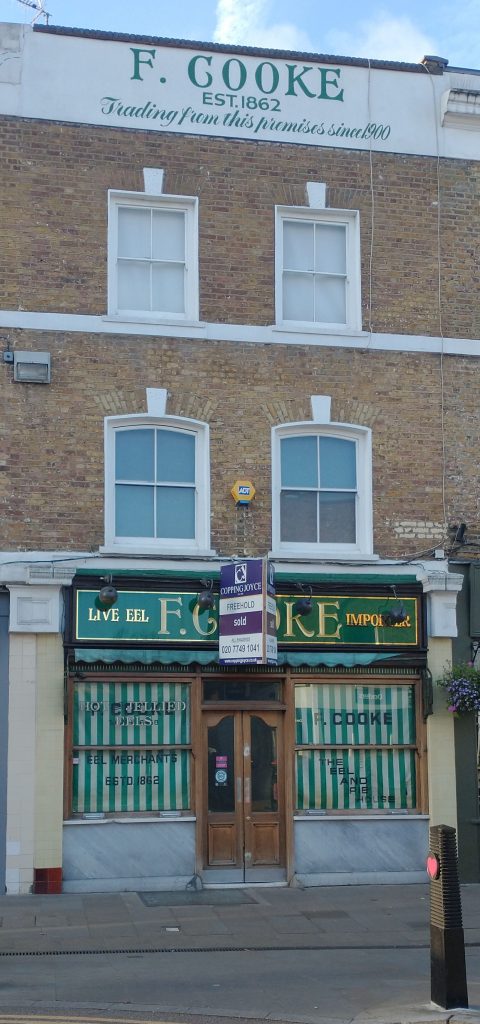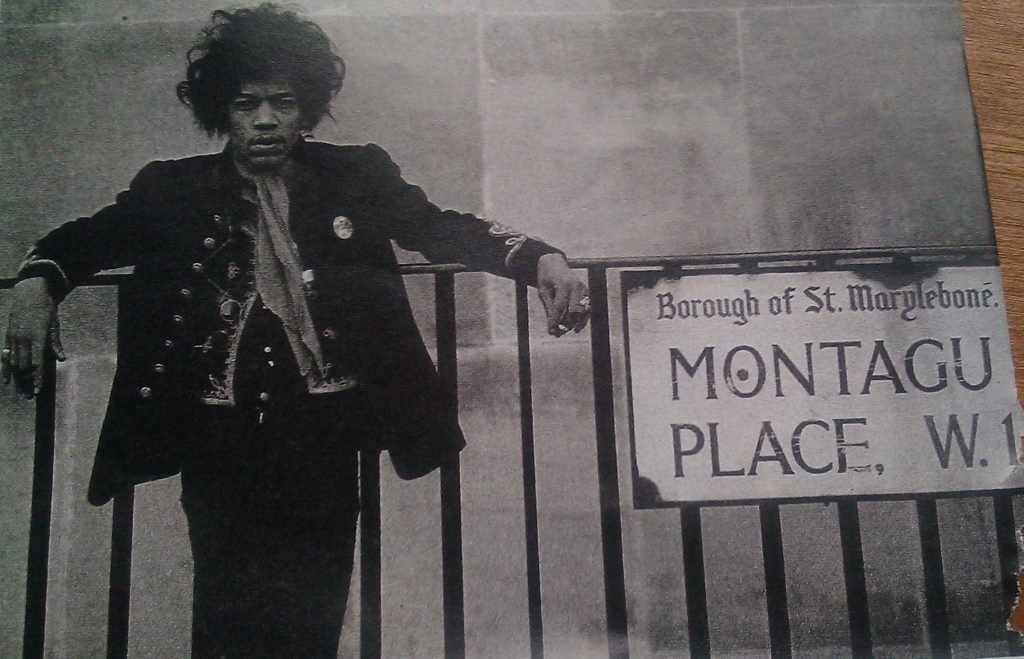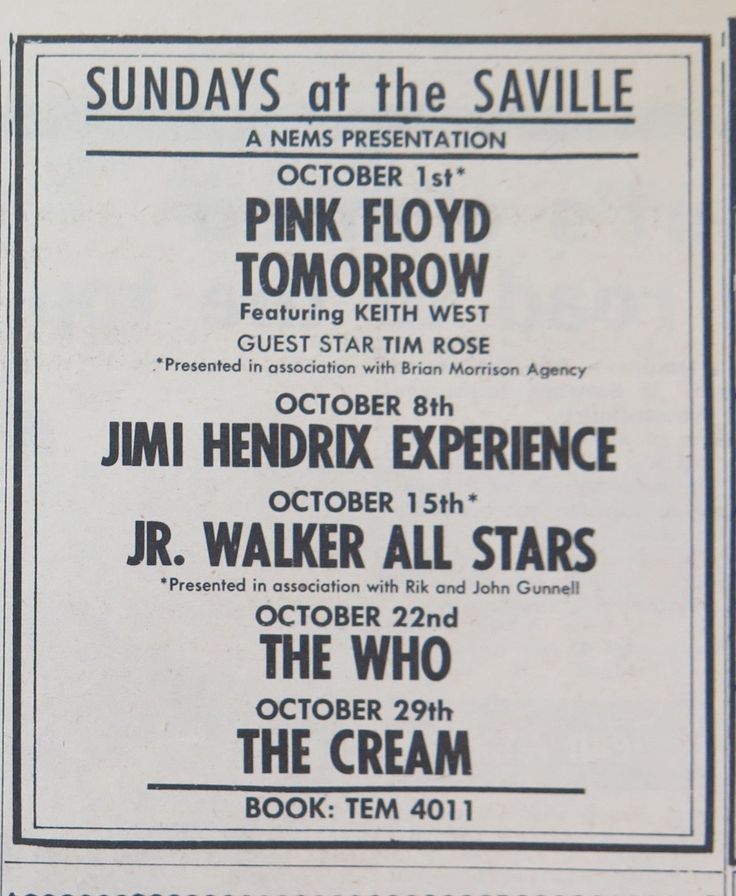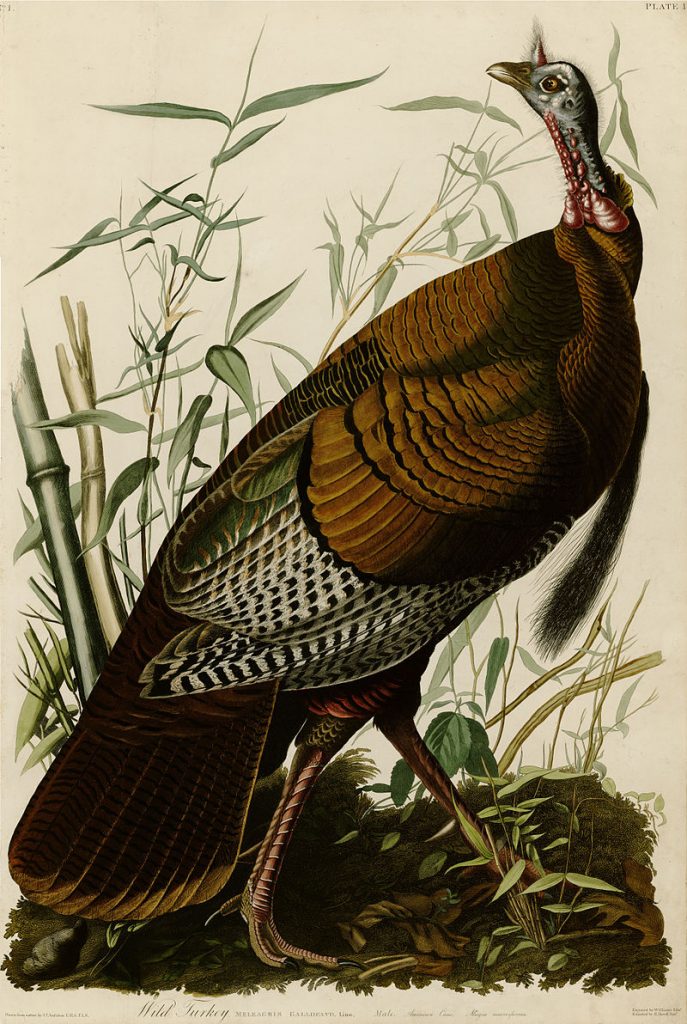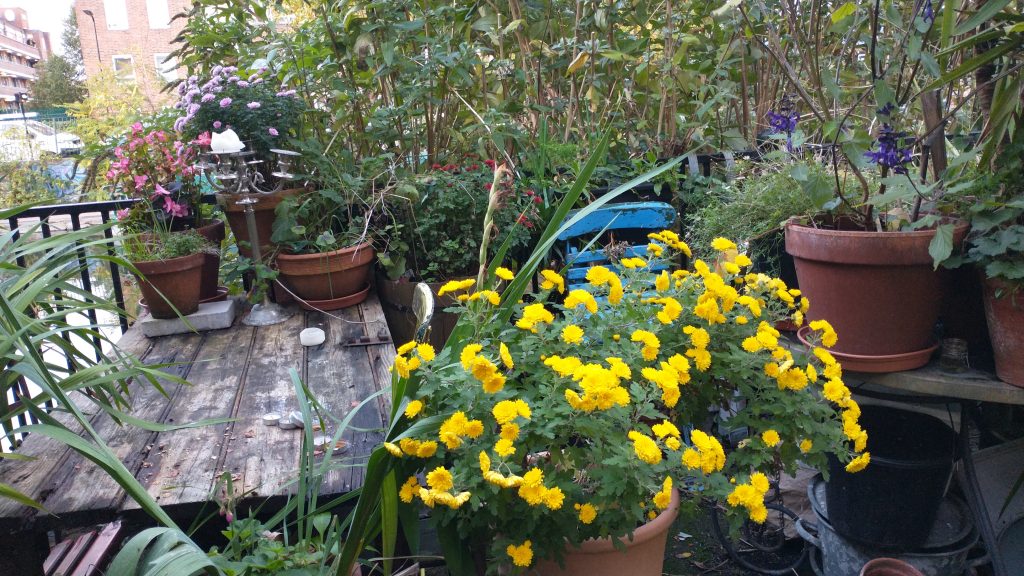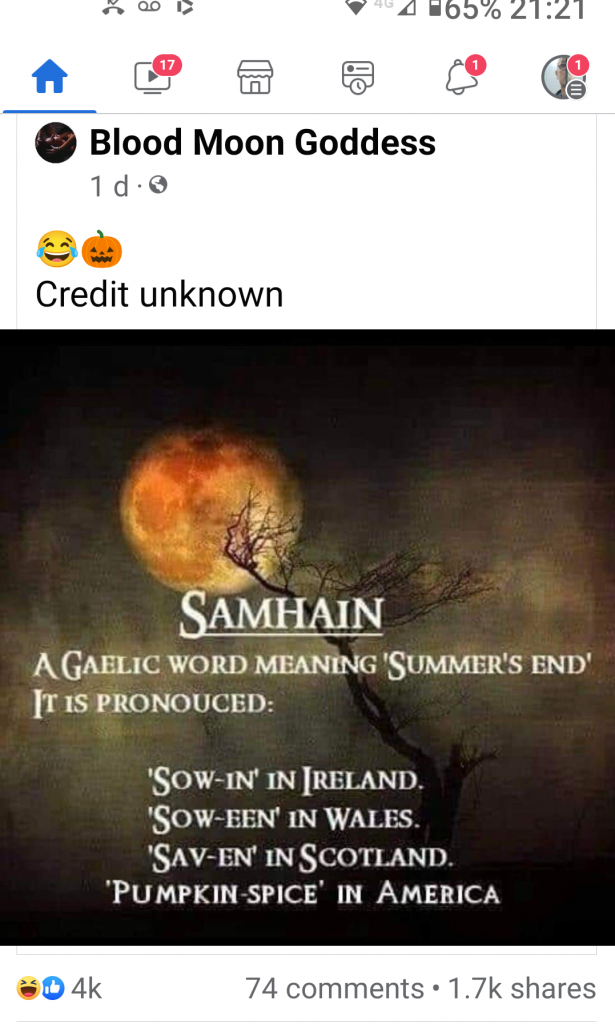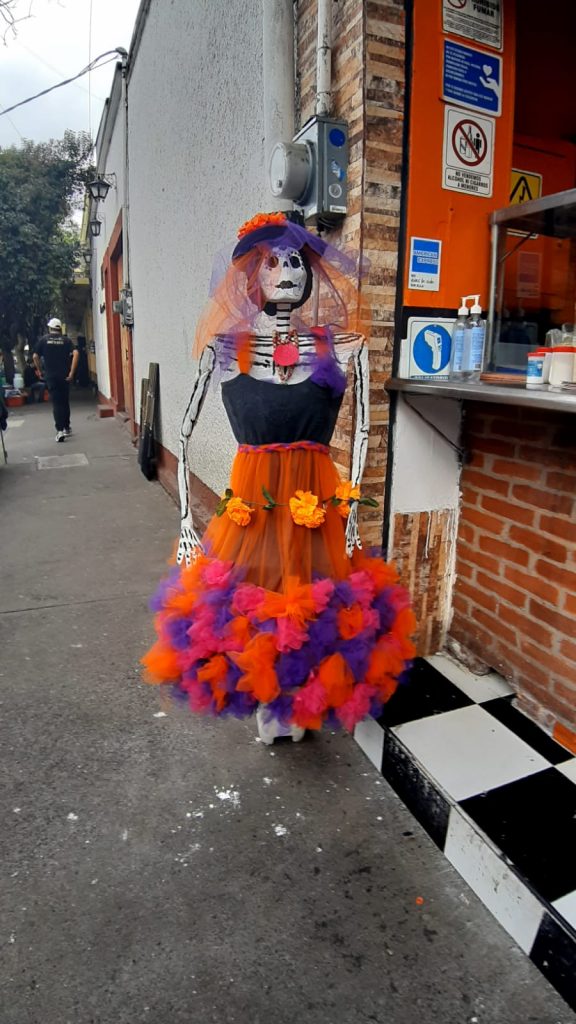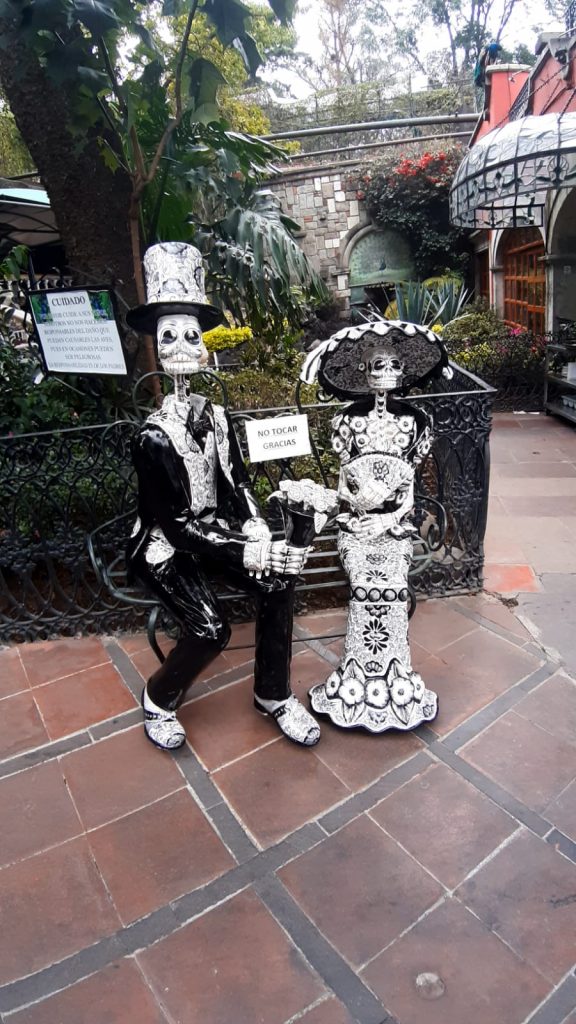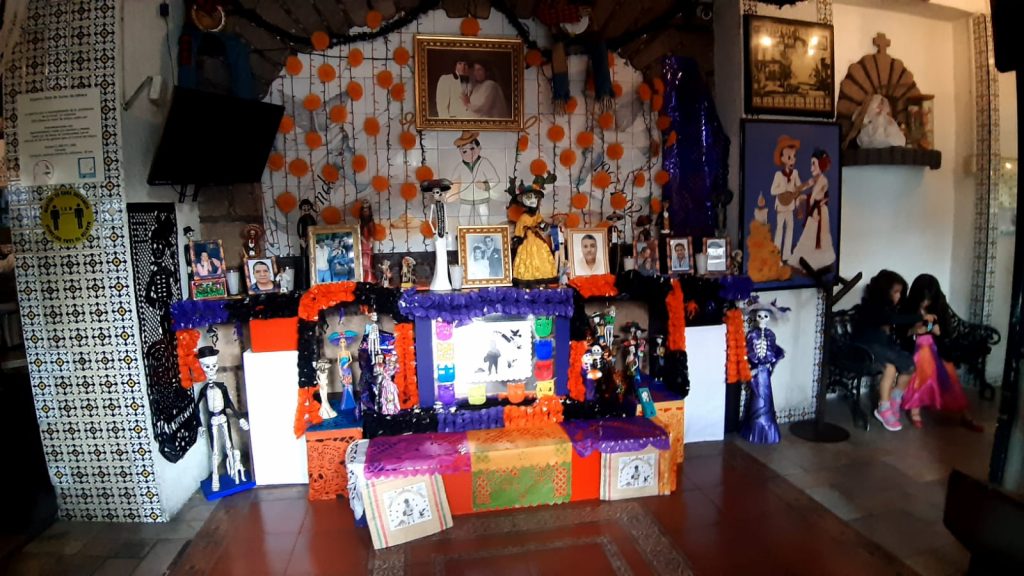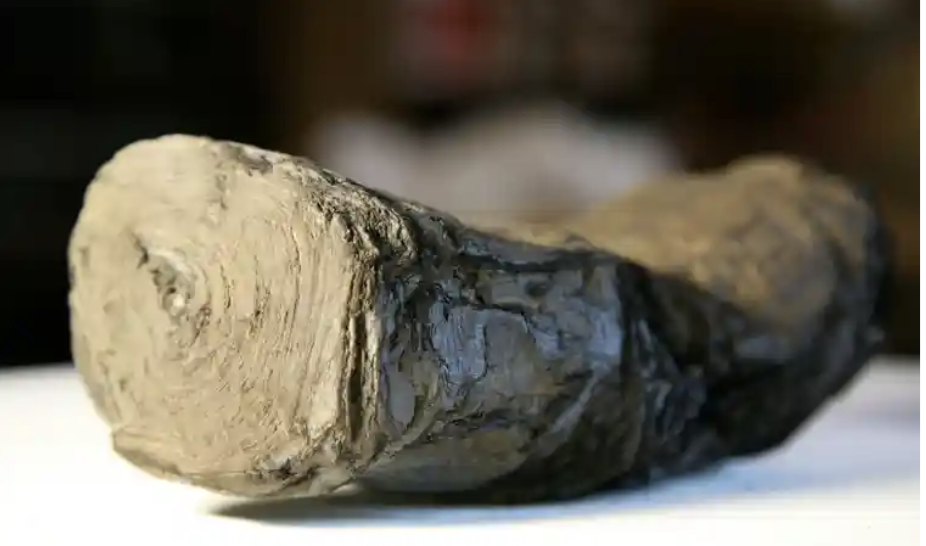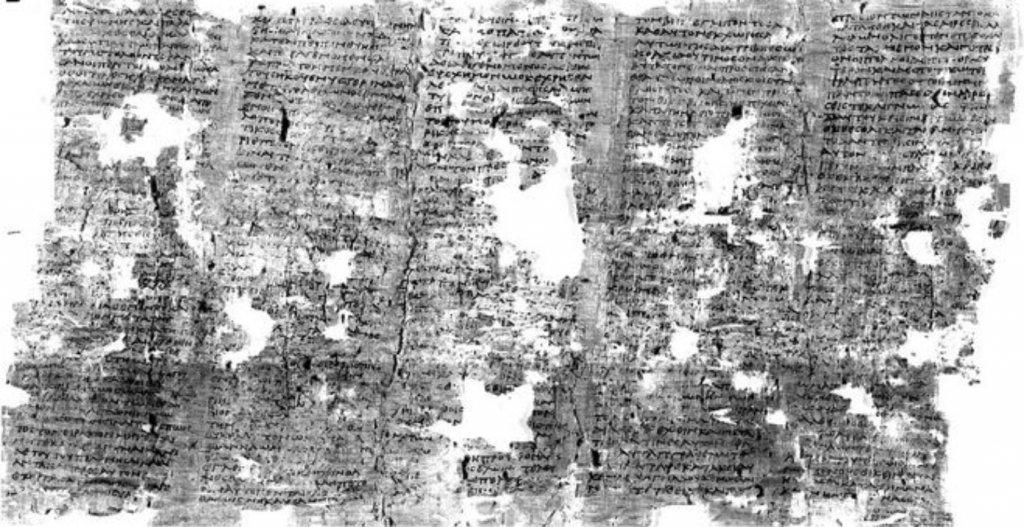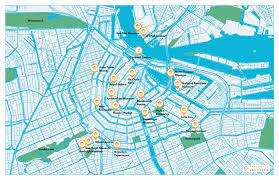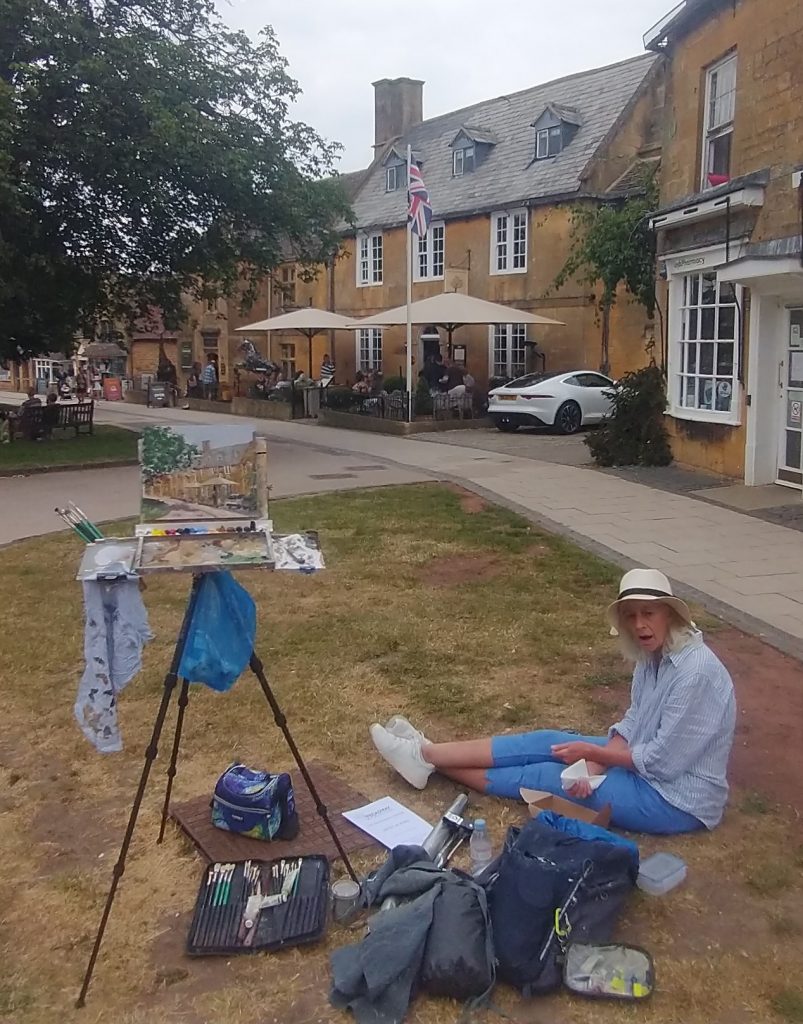
One of the joys of my Spring & Summer is revisiting places I know and love in my role as a Course Director for Road Scholar. Sunday, I was in Broadway, once considered the most beautiful village in Britain. It was also the model for Riseholme in the wonderful ‘Mapp and Lucia’ books by E. F. Benson (made into a TV series by the BBC starring Prunella Scales, Geraldine McEwan and Nigel Hawthorne).
This weekend was the:
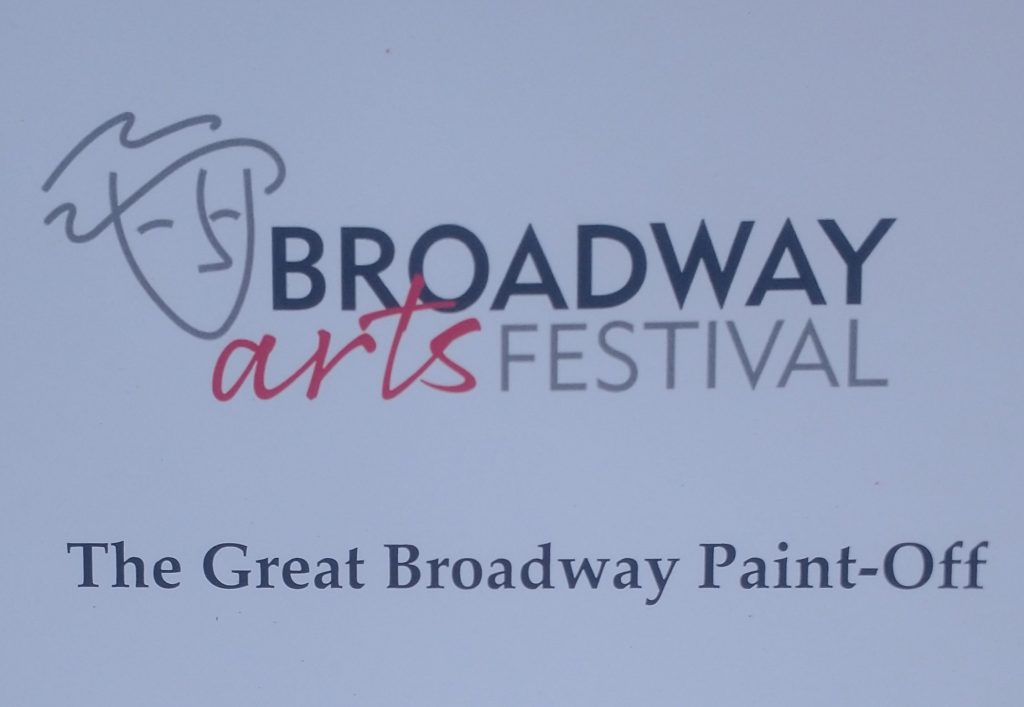
The artists register in the morning and have their paper or canvas stamped, or given a block of Maltese stone. They then go off to create a work of art in the village. At 3pm or so, they are judged. At 5pm, the art works are exhibited and often on sale in the Marquee on the village green.
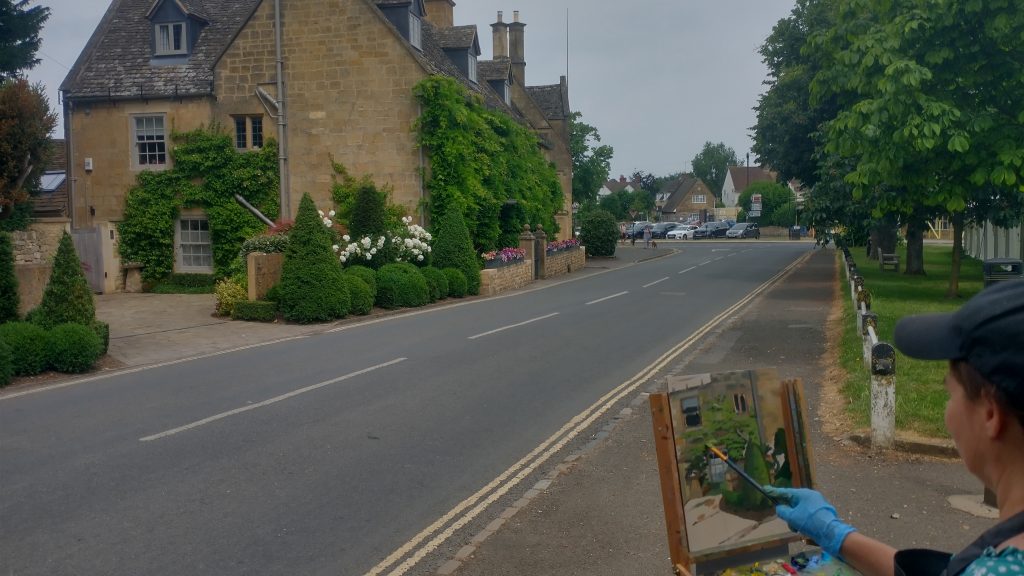
It’s always a delight walking around Broadway in the sun, but with an artist and easel every 50 yards or so even more enjoyable. By the tent on the village green were about 10 sculptors chipping away at identical blocks of stone.
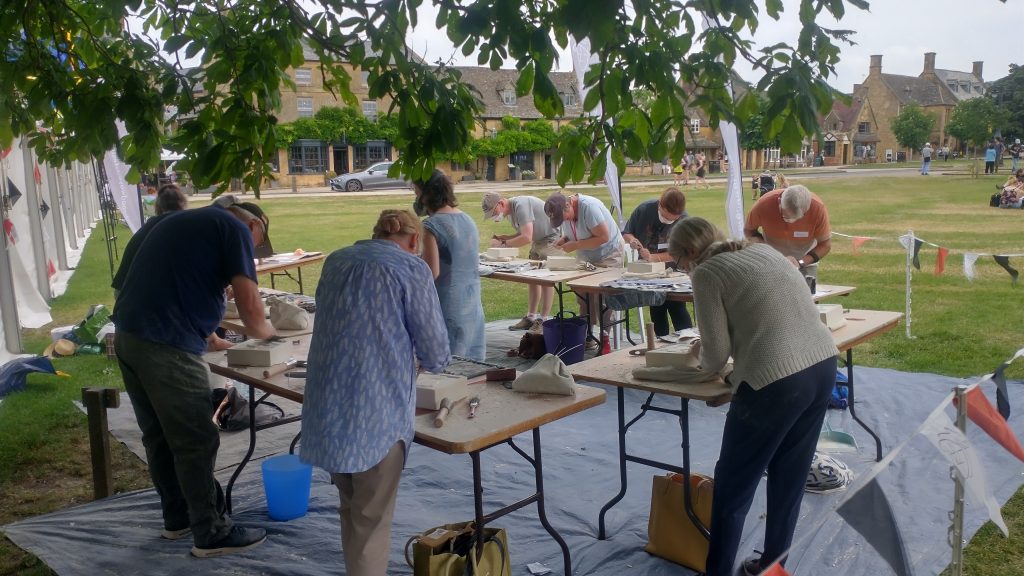
I believe ceramic, textile, and artists in other media are also willing to have a go at making art in a limited timescale.
The appellation of most beautiful village, came in the late 19th Century. Broadway, once made rich by selling wool and then as a stop off on the stage coach route from Aberystwyth to Worcester, Oxford and London, fell on hard times with the arrival of Brunel’s Great Western Railway to the Cotswolds. Half the village, the Broadway Museum says, moved away as their livelihood serving the coaching trade died.
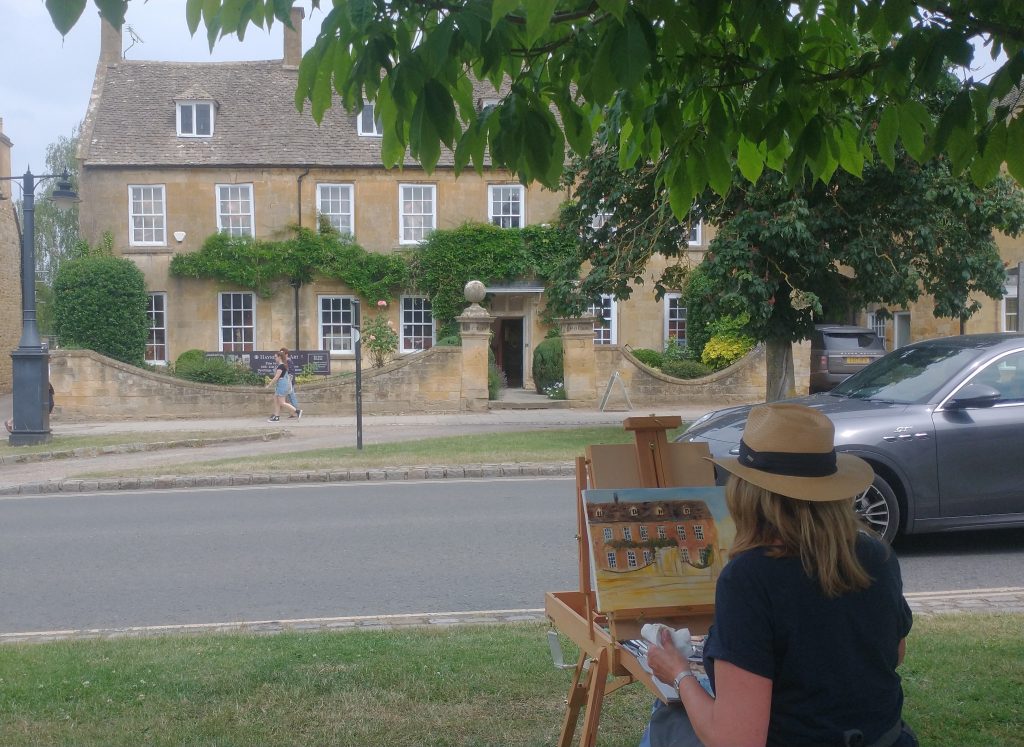
But artists, led by Americans Frances Millet and Edwin Abbey, turned Broadway into a much sort-after country retreat. Visitors included Oscar Wilde, J. M. Barrie, Singer-Sargeant, William Morris, Edward Burne-Jones, Gabriel Dante Rossetti, American actress, Mary Anderson, Edward Elgar, E. F, Benson. Mark Twain visited for Millet’s marriage.
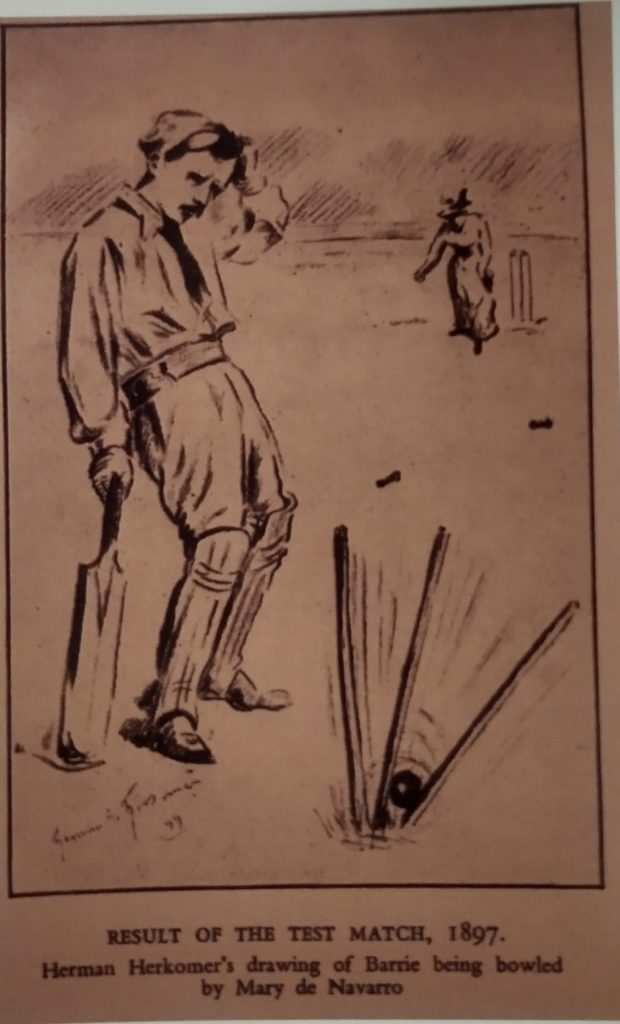
What made the visit particularly interesting was the story told to me by the Volunteer at the Gordon Russell Museum in Broadway. (More about Gordon Russell in a future post) This is the story as I understood it:
The Russells restored the Lygon Arms in Broadway using Arts And Crafts architects. They also restored antique furniture. The son, Gordon Russell, became a leading designer of modernist Furniture and so advertised to passengers on the Cunard Line in order to attract the attention of rich American visitors. One, Henry T Ford, was interested, came to Broadway, staying at the Lygon arms. He asked for help to purchase a Cotswold Cottage. He was taken to nearby village Snowshill, where Ford bought a complete Blacksmith’s workshop, and shipped them back stone by numbered stone to Brentford on the Thames, then to the London Docks and across the Atlantic to set them up in a Museum in Michigan where they still are!
Research suggests it’s a little more complicated, in so far as he purchased his first Cottage before coming to Broadway, but it still leaves a delightful story about American ideas of Quintessential English village life. More on this story here:
By the way, Frances Millet planned to return to the States on the Titanic. He was one of the 1500 who drowned, but a letter he wrote while on the ship was posted, probably in France and is on display in the Broadway Museum.
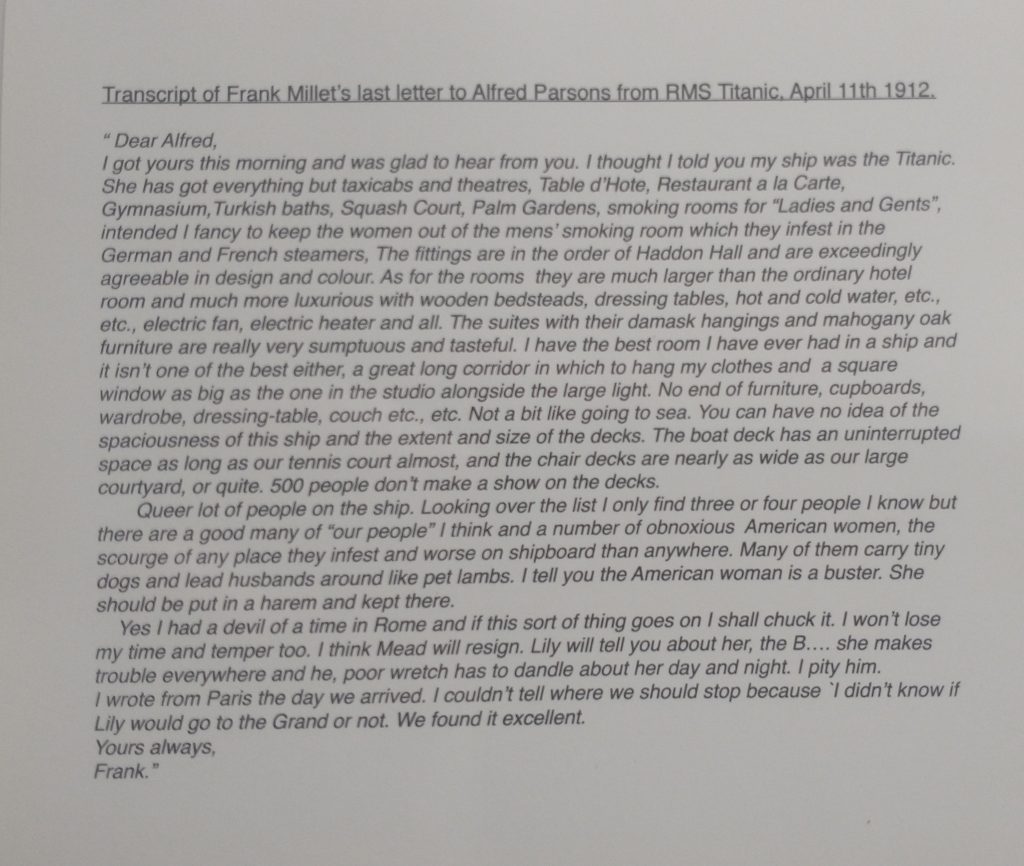
First Published in June 2023, Republished in June 2024


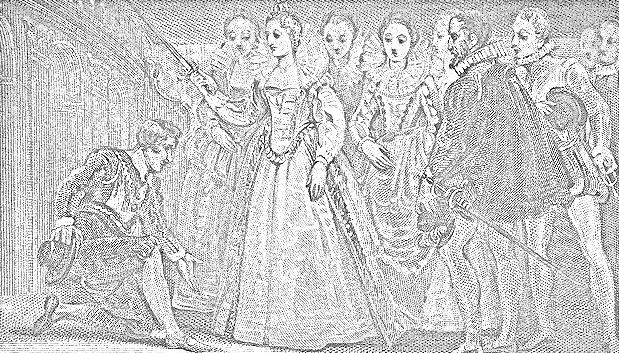
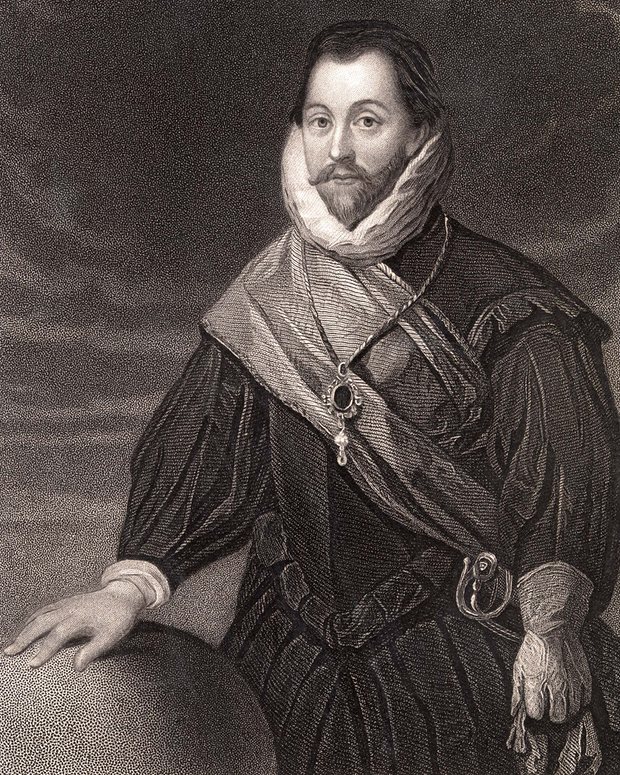
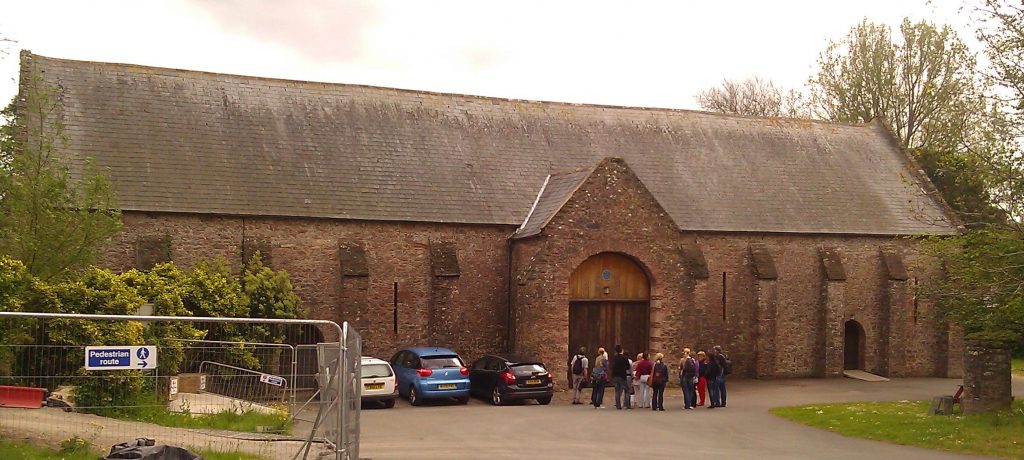
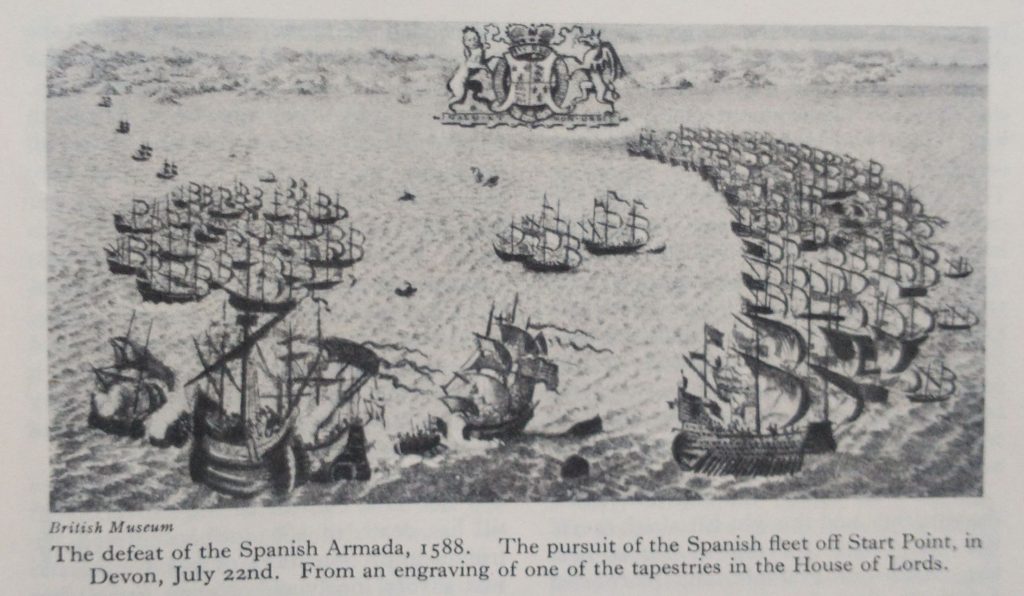
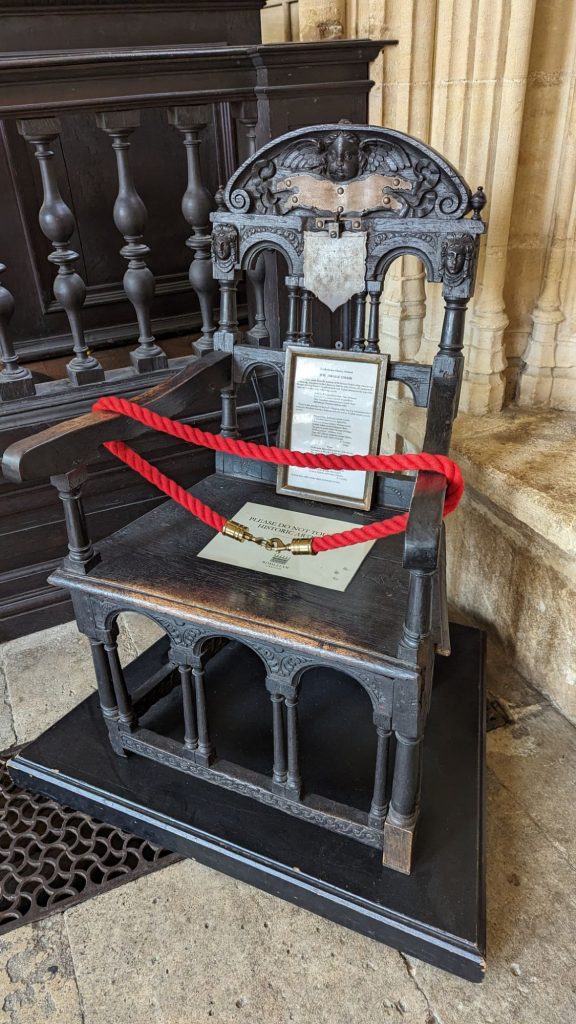
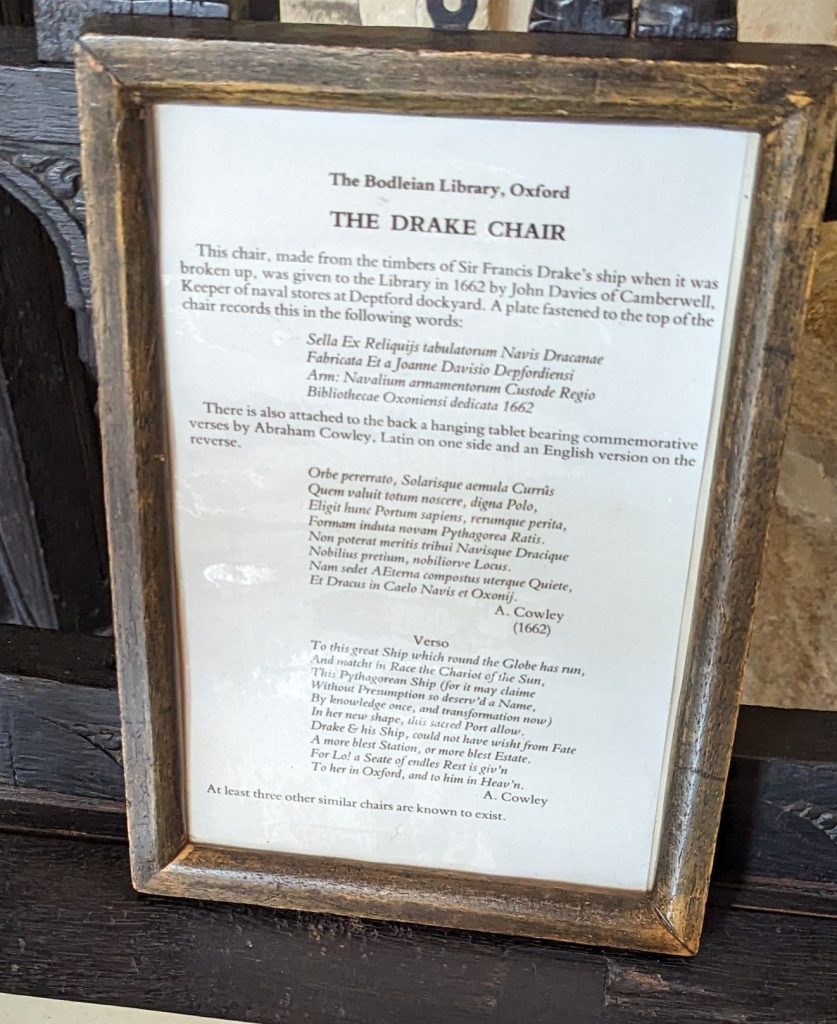

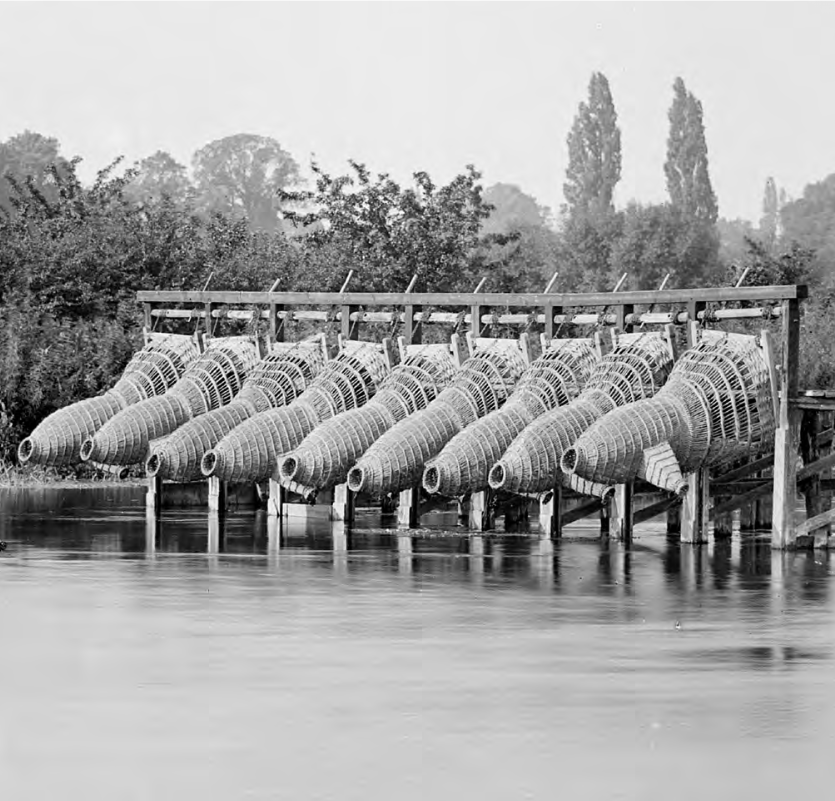

![By JanesDaddy (Ensglish User) - English Wikipedia - [1], CC BY-SA 3.0, https://commons.wikimedia.org/w/index.php?curid=1663124](https://www.chr.org.uk/anddidthosefeet/wp-content/uploads/2023/11/1280px-Eels_1385-1024x768.jpg)
